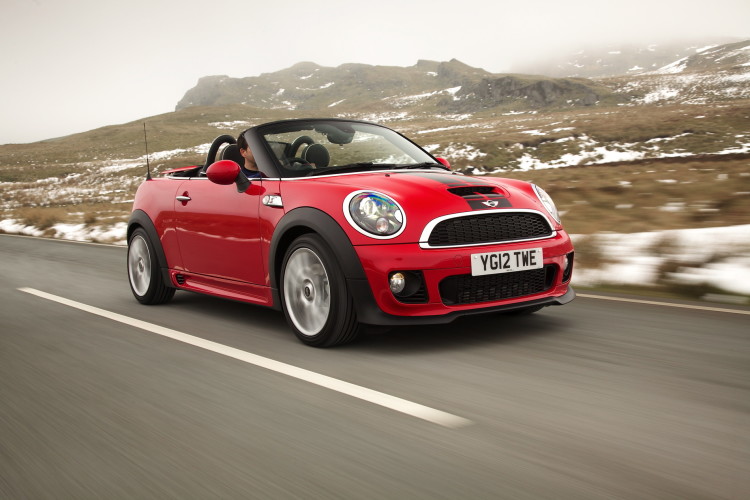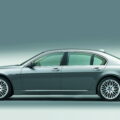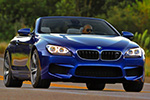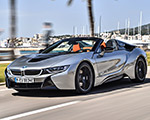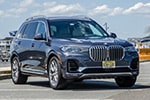BMW’s takeover of MINI in the late 1990s was a gamble few thought would pay off. At the time, the small-car market was dominated by bare-bones economy models — the Toyota Tercel, Geo Metro, Chevy Prizm, and other forgettable “A-to-B” machines. MINI, then still part of Rover, was struggling with outdated factories, shaky build quality, and a brand identity stuck in the past. Yet BMW saw potential to create something entirely new: the first premium subcompact car. The result was a complete reinvention that would change small cars forever.
Shaking Off the Dust
Rover (and its owners) owned both Mini and Land Rover, and all three brands had a laundry list of problems when BMW took ownership. Outdated manufacturing practices and plants — coupled with more severe problems like a volatile workforce — partially contributed to a product that was overwhelmingly recognized as uncompetitive. And while BMW “borrowed” most of Rover’s SUV know-how to instead blend the brands and create the BMW X5, MINI — along with another future acquisition, Rolls-Royce — was better off left alone, as part of BMW’s three-brand approach. MINI and Rolls, obviously, bracketing the bread-and-butter BMW brand in exclusivity and cost.
The task was colossal — arguably, it would’ve been easier to start over entirely. It started with a rebrand, bringing the all-caps MINI badging that we know today. New manufacturing equipment replaced the aged equipment inside the original Cowley, Oxford plant. Finally, MINI needed a viable product. Frank Stephenson’s design of the new Cooper won the lottery — beating out none other than Adrian van Hooydonk — and it debuted in 2001. While originally thought to be too expensive to sell in the US, BMW of North America leveraged their existing dealer network — and, smartly, only offered higher-powered and well-equipped models — to get the car’s foot in the door.
MINI Cars, Major Marketing
MINI now had a product worth buying, the facilities to make it, and a new look. But it’s all for naught if nobody knows about it. Early research had shown around two percent of MINI’s potential customers had even heard of the brand. We imagine an even smaller percentage were familiar enough to spot a complete transformation. That’s a problem. Marketing was the last piece of the puzzle, and it played a big part of MINI’s early success — especially in the States.
An Effective Marketing Campaign
A $25 million marketing campaign begun in the US with the help of a Miami-based firm that brought with them the “Let’s Motor” motto that the brand (selectively) still uses today, over two decades later. Billboards, flashy TV and magazine ads, and more leaned in heavily to MINI’s quirky differences. Which, ironically, were a perceived shortcoming by some of BMW’s higher-ups. After all, the quirky 318ti had not met sales expectations, and that was a product from the mother ship. Could the plucky MINI really succeed where BMW hadn’t?
Touting taglines like “Let’s sip, not guzzle,” and “Let’s leave the off-road vehicles off road,” MINI attempted to strike a chord with customers who weren’t fazed by the current SUV craze. By 2002, the US MINI website had more than 50,000 people express interest in purchasing a car. In 2003, MINI sold 36,010 cars, exceeding expectations. Demand far outstripped Oxford’s production pace, leading to MINI introducing the ability to track an ordered car’s production cycle to “Make Waiting Fun.”
A Success Story in America
A steady stream of marketing magic, including highlights like a collaboration with rock band KISS, led to MINI recording their best year ever in 2013. The brand moved 66,502 cars, which corresponds with a much larger catalog to satisfy a larger swath of shoppers. But it all started with a niche offering the brand practically invented nearly 30 years ago.




